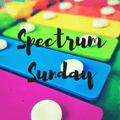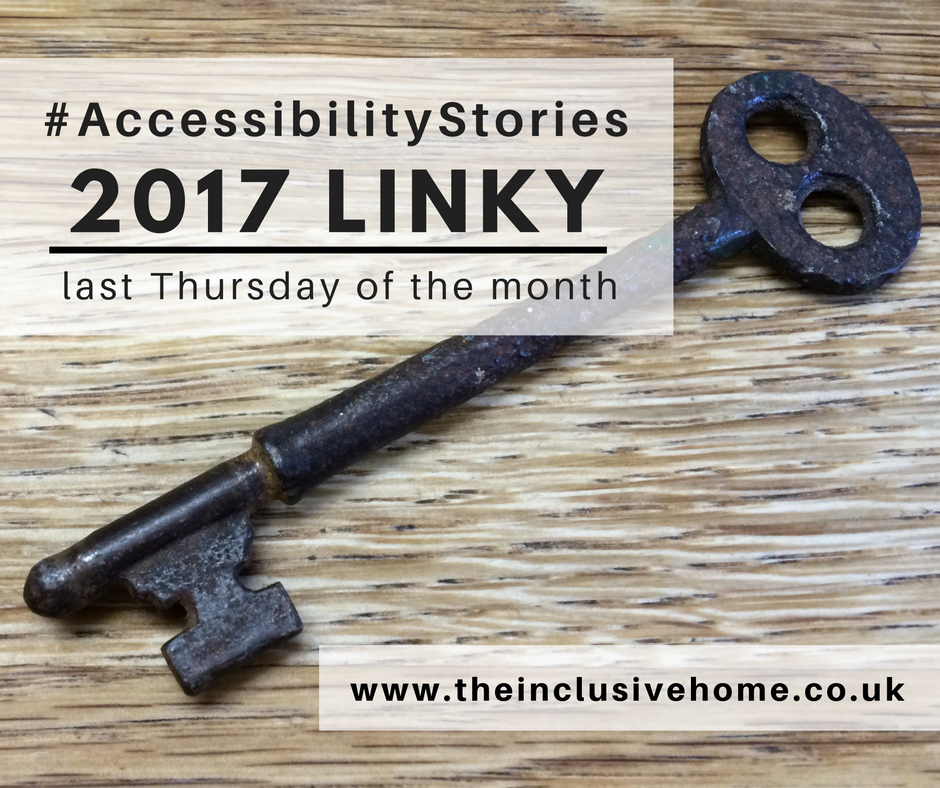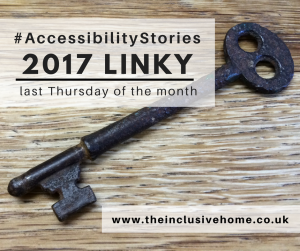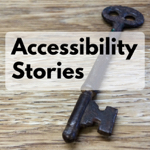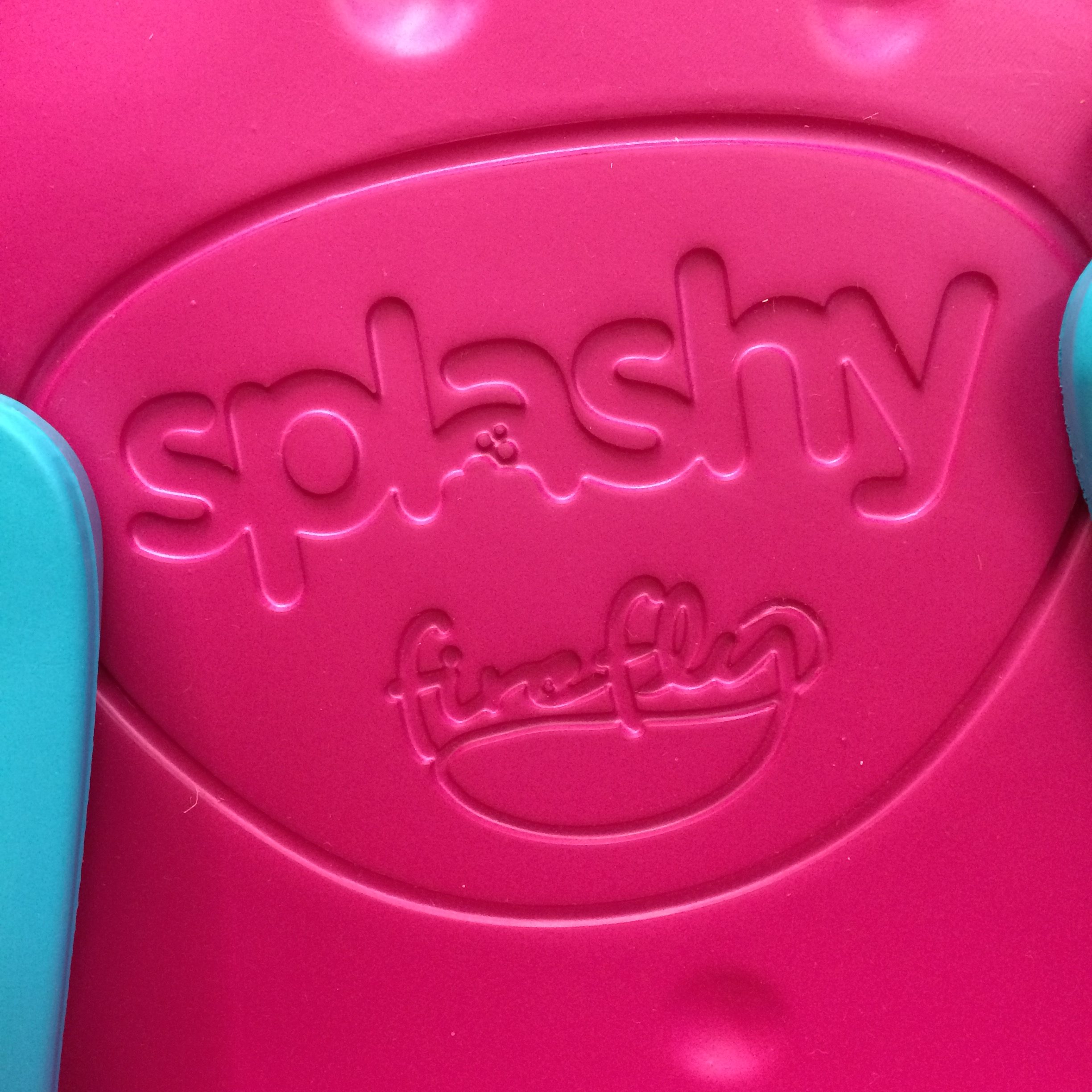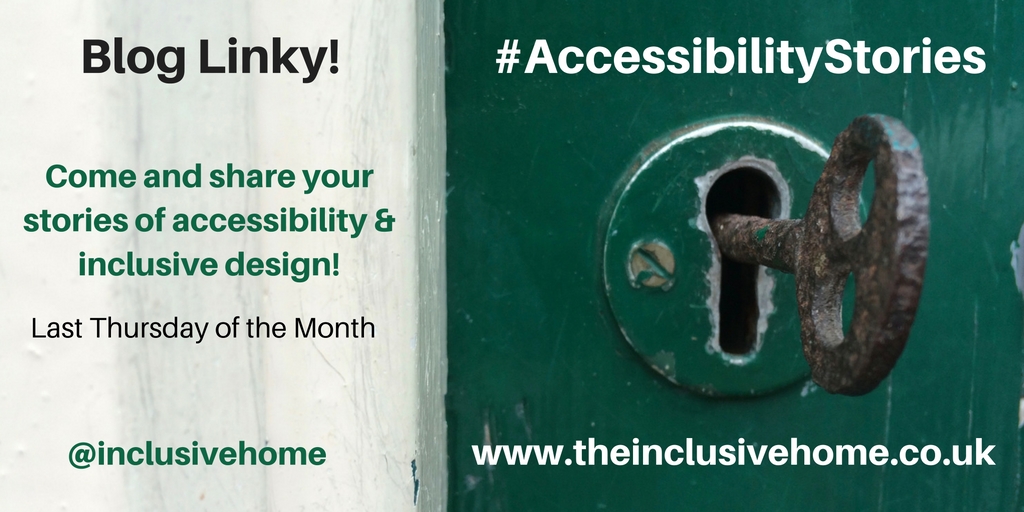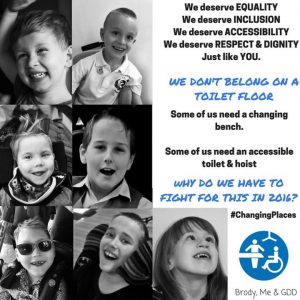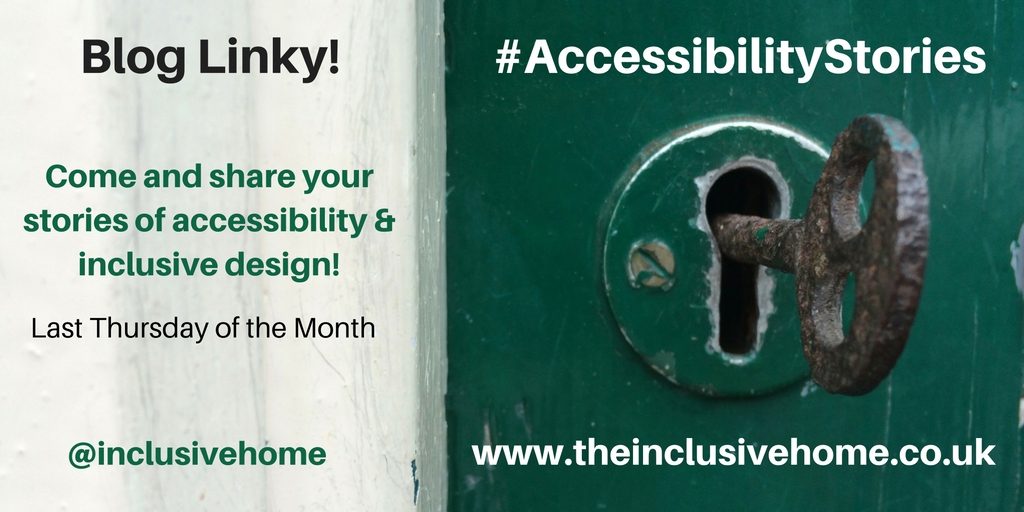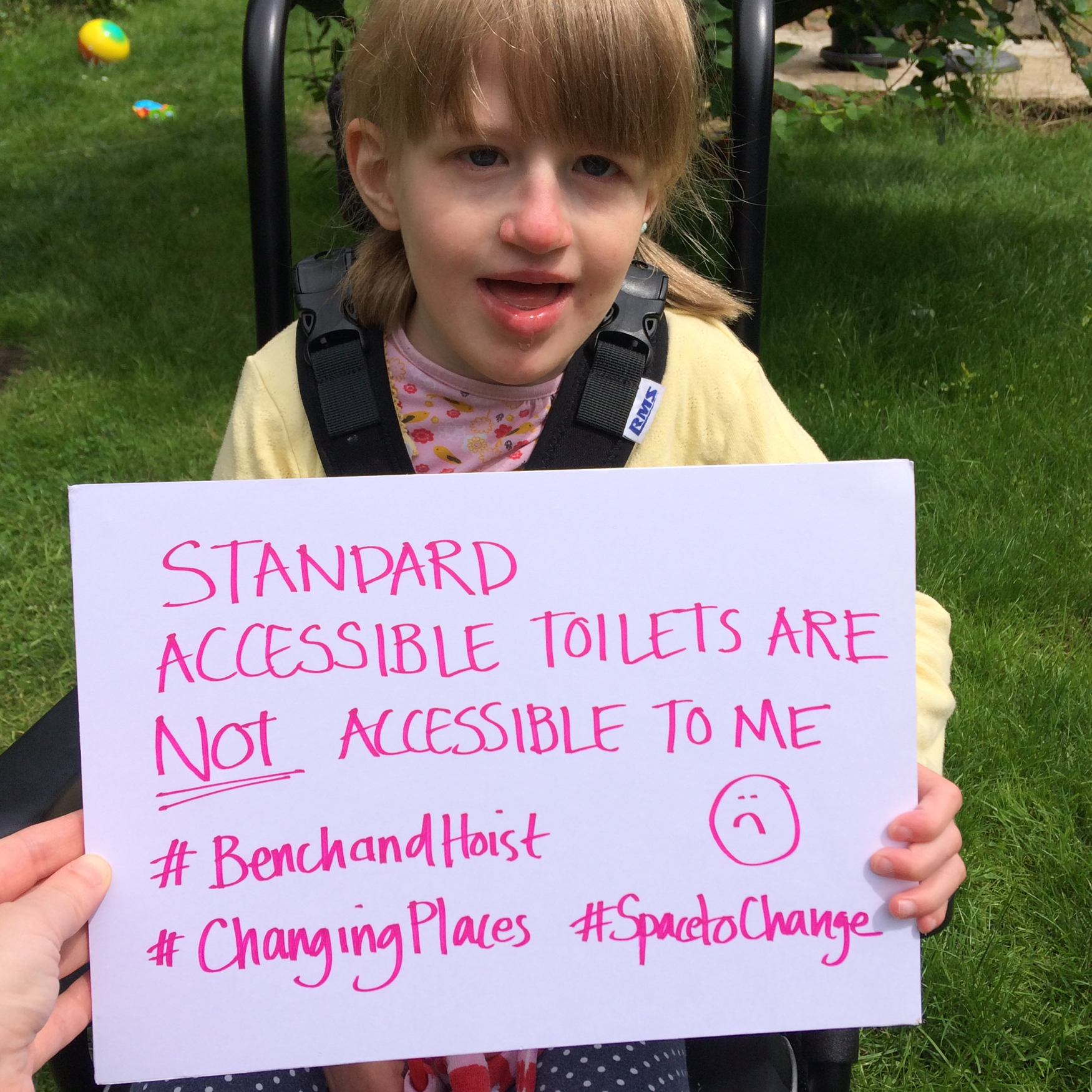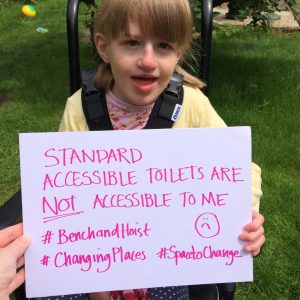Huge apologies for the lack of linky last month!
Those pesky school holidays messed up my schedule so I decided I would wait and have a relaunch today on the 1st anniversary of the linky and to change the linky date to the (much easier to remember!) 1st of the month!
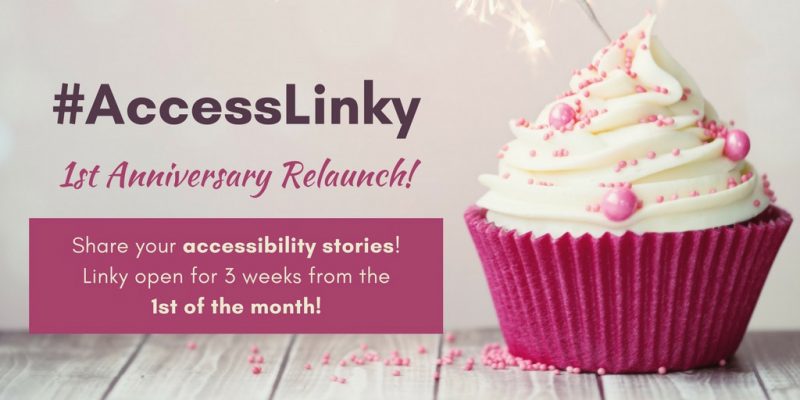
Thank you so much to everyone for joining in last time, there was a fab variety of posts!
Round Up:
A number of the posts linked last time addressed the wider aspects of inclusion, and what that means for their families. The Long Chain picked out the Five Things I’d Change to enable greater inclusion for her family and Ordinary Hopes gives a heartfelt picture of how the environment & society impacts her son’s life in Children Should Not be Scared to go Out.
Things are changing and businesses are beginning to show greater awareness of access issues but this can sometimes feel like tokenism as Mum on a Mission points out in her post Are Physically Disabled Children Invisible?
Little Mama Murphy shared a lovely post about How to Talk to A Disabled Child! Yes! This is all it takes!
As part of her #SEND30DayChallenge (which I am attempting to complete too… albeit VERY slowly!), Mum on a Mission highlighted 10 Things You Don’t Know about Changing Places Toilets – although many readers of this series will know some of these as Changing Places Toilets is one of my regular topics!
It was brilliant to see a number of reviews focussing on the accessibility of places and venues! Wheelescapades reviewed on of our own family favourite places Wimpole Estate – Down on the Farm. Really interesting to read someone else’s perspective on somewhere we know so well!
A Wheelie Great Adventure reviews their experiences of a family trip to the coast in Tales of Birds, A Beach and A Bomber and Life and Other Stories’ shared a fab post written by her daughter, My Day Out by Cerys Giles. Great to hear from the next generation of access advocates!
Finally Rainbows are Too Beautiful gives some really helpful tips for those who find it a challenge to eat out with younger children and/or people with neurodivergent conditions in Tips to Take our Autistic Kids to Dinner
Please do check in again next month to catch up with the blog posts in the round up, and bloggers I hope to see lots of you again this month and *meet* some new people too!
Linky Info:
The linky will be open for 3 weeks! Share your posts about ideas and experiences (good and bad!) around physical and/or sensory accessibility of buildings, places, spaces, products and/or activities below…. and don’t forget to check in again next month to read the round up and link up again!

Guidelines:
- Link up to 2 posts each month (old or new)! It would be lovely if you could add my badge (cut and paste the code in the box under the badge image above and add it into your blog post while in ‘text’ mode of your blog editor) or add a text link back to my site so that people can find the linky and read the other blog entries;
- Please comment on this post to introduce yourself if you’re new to the linky, and comment on some of the other linked posts to help share ideas and experiences (use the hashtag #AccessLinky in your comment)!
- It would also be amazing if you could share your post (using the hashtag #AccessLinky) on social media to help spread awareness of the issues around accessibility! I’ll also try to retweet as many posts as I can!
- I welcome input from anyone that is affected by accessible design – users, carers, friends and family as well as designers, developers, managers and legislators (so pretty much everyone then!). I welome blogs from professionals and suppliers as well as individual bloggers as long as they keep within the spirit of idea exchange and are not sales posts for products or services.
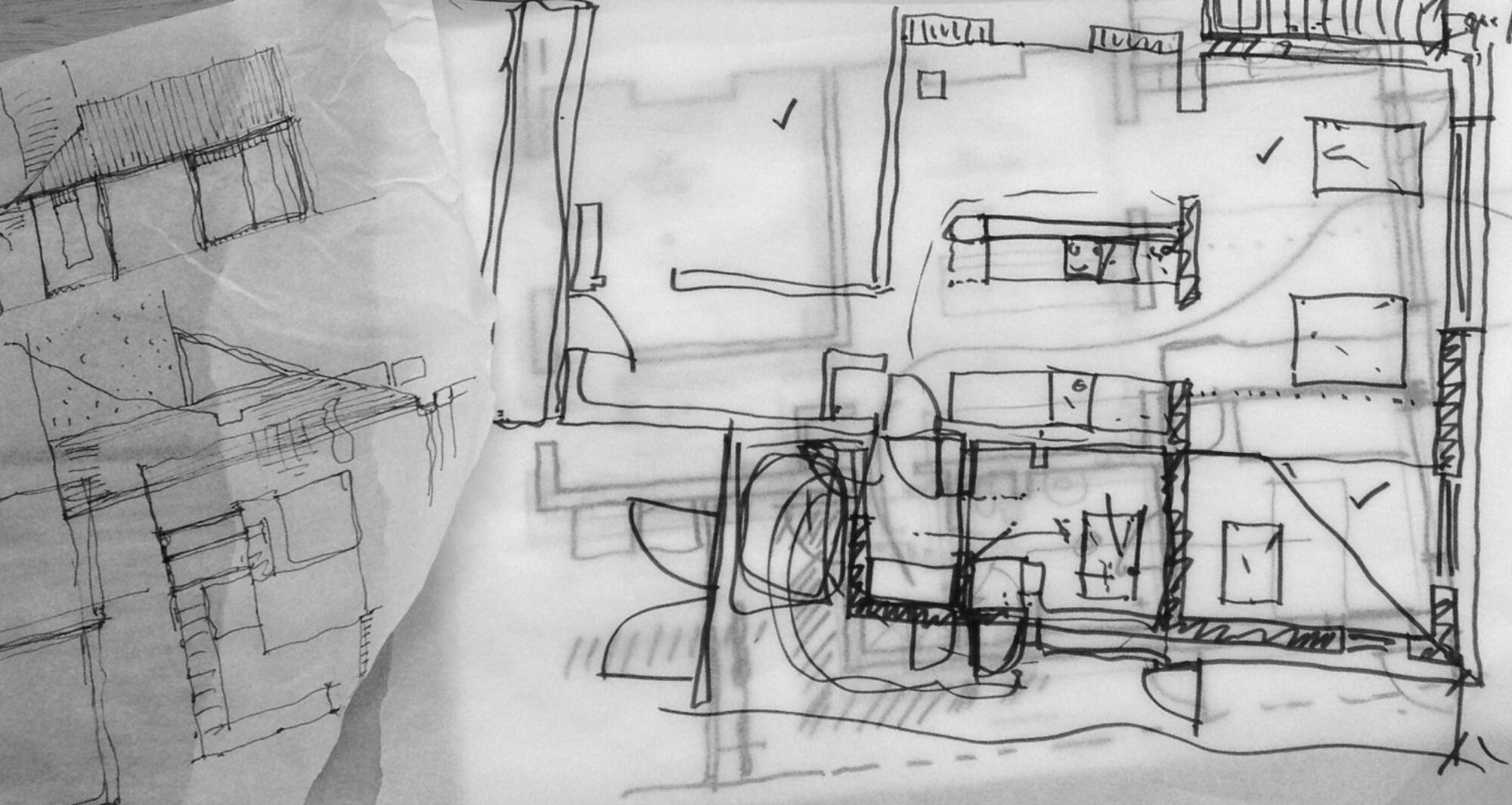
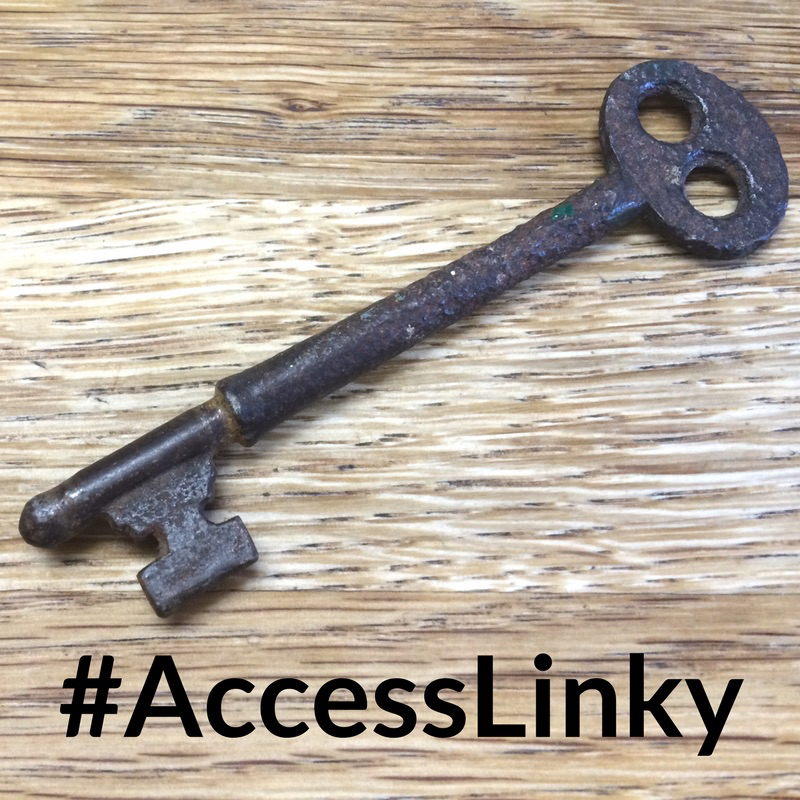
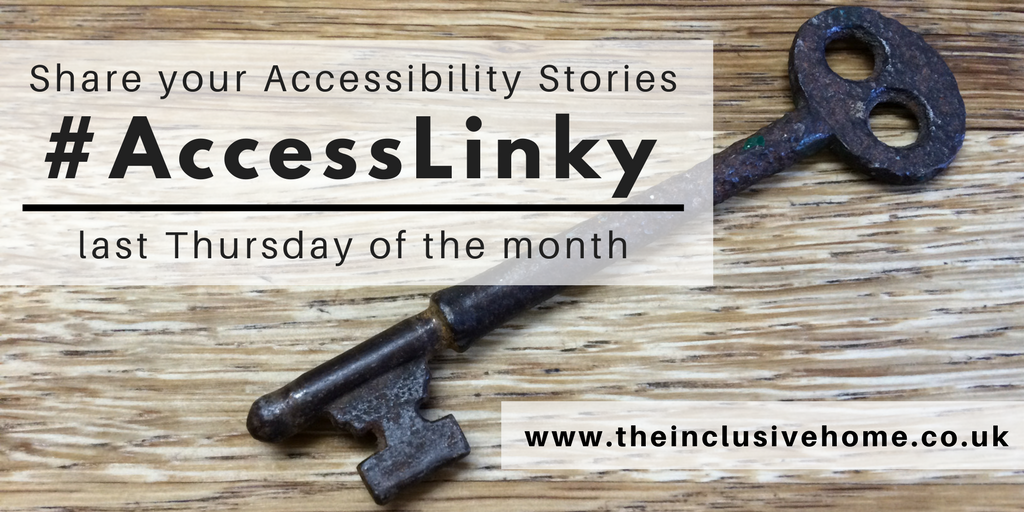
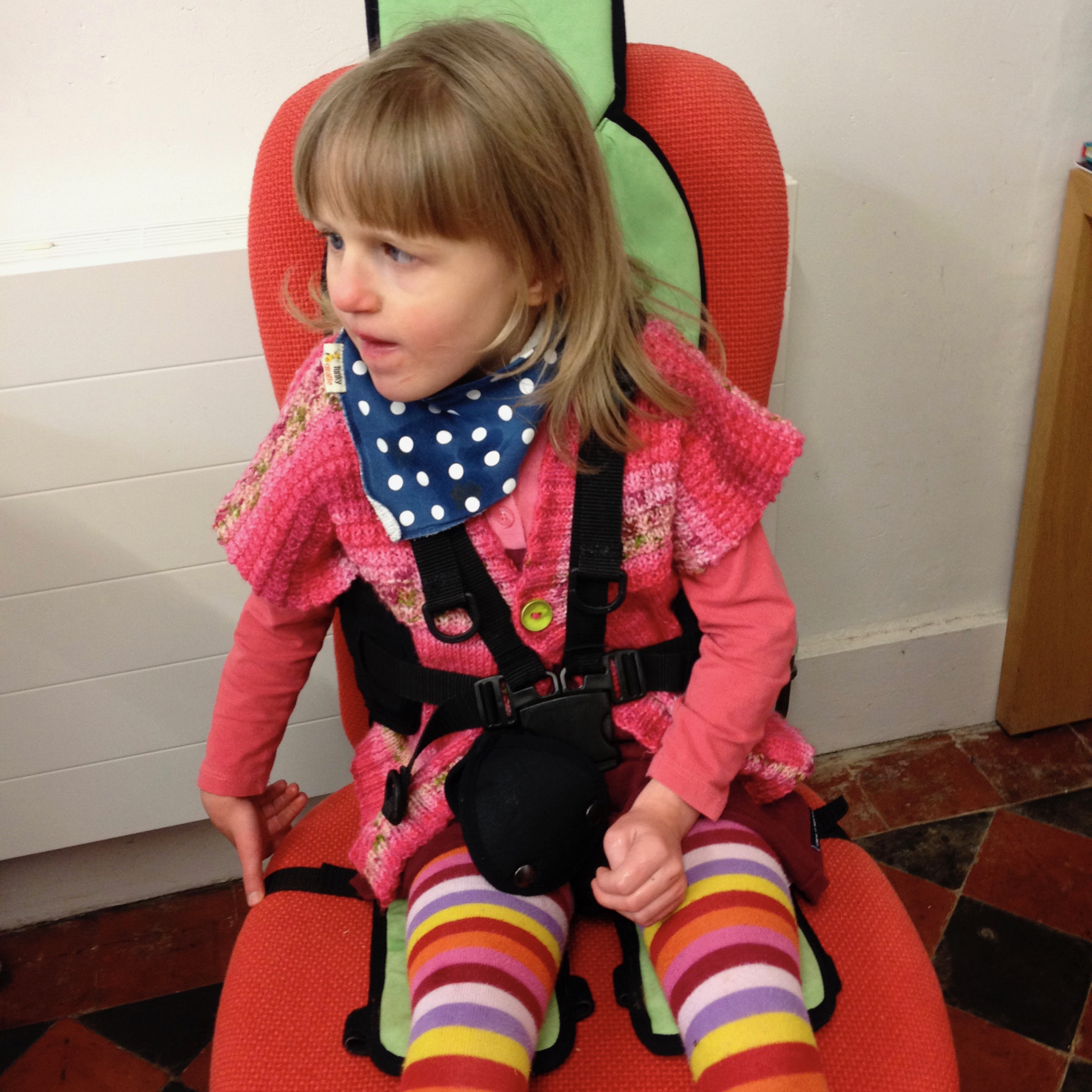


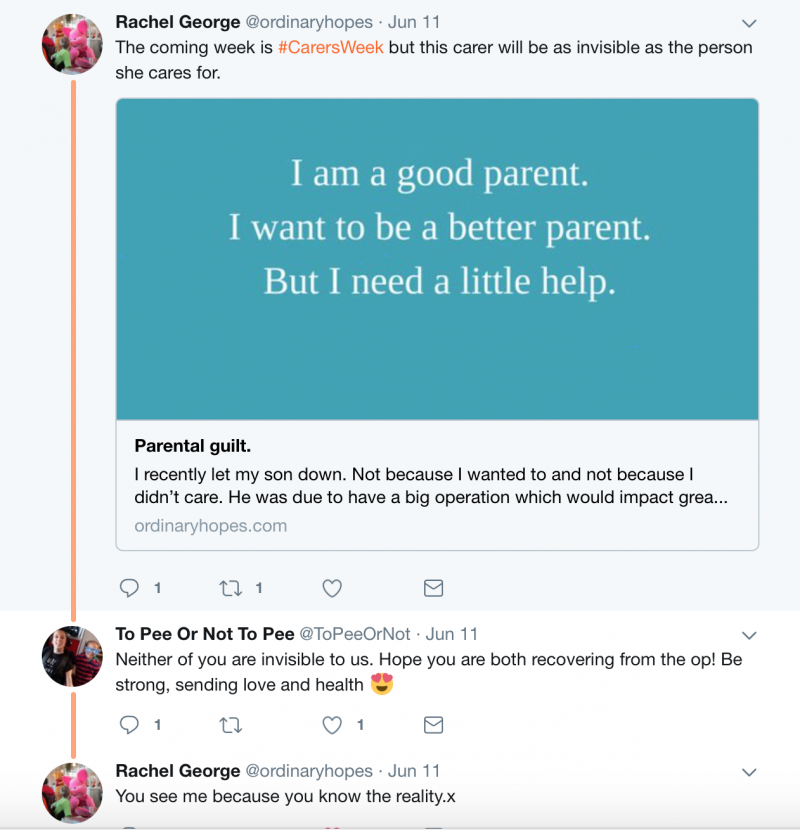 In the story, Lola and her (imaginary?) friend, Soren Lorensen, drink an invisibility potion that her brother Charlie has made with his friend. Lola, of course, doesn’t become invisible but Soren Lorensen does…. Lola is adamant that she is also invisible and says:
In the story, Lola and her (imaginary?) friend, Soren Lorensen, drink an invisibility potion that her brother Charlie has made with his friend. Lola, of course, doesn’t become invisible but Soren Lorensen does…. Lola is adamant that she is also invisible and says: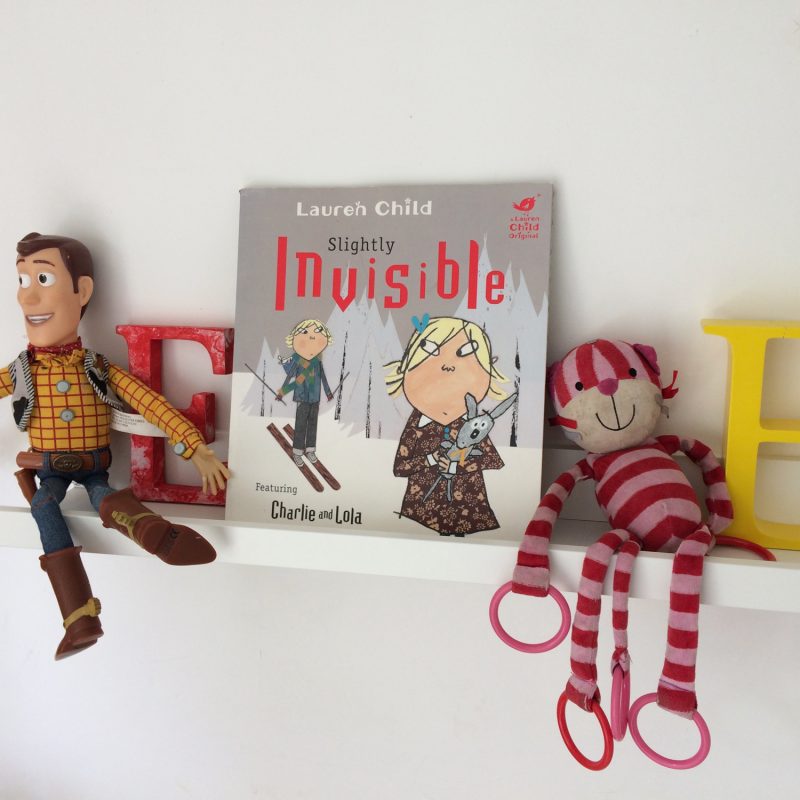 This lack of provision is something that affects disabled people of all ages, but also their wider circle. You cannot go somewhere that your friend or loved one cannot access a toilet!
This lack of provision is something that affects disabled people of all ages, but also their wider circle. You cannot go somewhere that your friend or loved one cannot access a toilet!